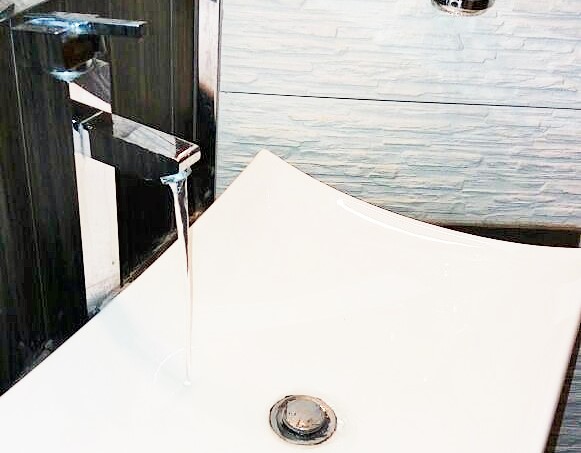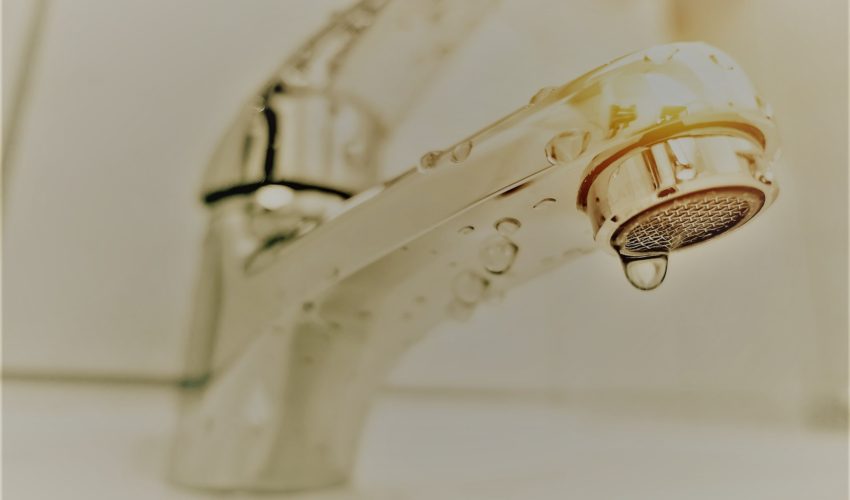Your Conclusive Manual to Dealing with Low Water Pressure in Your Home
Your Conclusive Manual to Dealing with Low Water Pressure in Your Home
Blog Article
Are you currently looking for critical information on 4 Ways to Troubleshoot Low Water Pressure?

Low water pressure in your house can be a frustrating issue, impacting every little thing from showering to washing meals. If you're experiencing weak water circulation, there are numerous possible causes and options to discover. In this overview, we'll discuss common reasons for low water pressure and functional actions to resolve the issue effectively.
Intro to Low Tide Stress
Low tide stress takes place when the circulation of water from your taps, showers, and various other components is weaker than usual. This can make everyday tasks a lot more difficult and less reliable. Recognizing the sources of low tide stress is critical to finding the right solution.
Usual Causes of Low Tide Stress
Faulty Stress Regulatory Authorities
Pressure regulators are responsible for maintaining consistent water stress in your house. If they malfunction, it can lead to low water stress or irregular circulation throughout your home.
Community Supply Of Water Issues
In some cases, the problem exists outside your home. Local supply of water issues, such as main line leakages or upkeep job, can temporarily decrease water stress in your location.
Pipeline Obstructions
With time, pipes can come to be blocked with mineral deposits, debris, or debris, restricting the flow of water. This is a typical issue in older homes with galvanized steel pipes.
Corrosion
Deterioration within pipes can lead to leakages and reduced water stress. Corrosion accumulation can tighten water flow, specifically in aging plumbing systems.
Just How to Identify Low Tide Pressure
Checking Pipelines
Check noticeable pipes for indicators of leaks, rust, or blockages. Pay attention to any kind of unusual noises, such as knocking or rattling pipes, which might show concerns within the plumbing system.
Consulting with a Plumber
If you're not able to identify the root cause of low tide stress, take into consideration working with a specialist plumber to perform a comprehensive inspection. They can identify underlying issues and advise appropriate solutions.
Checking Taps and Components
Beginning by testing the water pressure at various taps and components throughout your home. If the problem is isolated to specific locations, it might show local issues.
DIY Solutions to Deal With Low Tide Stress
Flushing Hot Water Heater
Sediment buildup in the hot water heater can restrict flow and reduce performance. Purging the storage tank regularly helps get rid of sediment and keep ideal performance.
Checking Stress Regulator
Ensure that the stress regulator is working correctly. Readjusting or replacing the regulator can aid bring back proper water stress throughout your home.
Cleaning Aerators and Showerheads
Natural resources can build up in aerators and showerheads, reducing water circulation. Remove and cleanse these elements frequently to improve water stress.
Cleaning Clogs in Pipes
For small clogs, attempt using a plumbing serpent or chemical drainpipe cleaner to clear obstructions in pipelines. Beware when using chemicals and comply with safety standards.
When to Call a Professional Plumber
If DIY initiatives stop working to settle the issue or if you suspect substantial plumbing issues, it's ideal to seek assistance from an accredited plumber. They have the knowledge and tools to address complex issues securely and efficiently.
Safety Nets to Keep Water Stress
Installing a Pressure Booster
Take into consideration installing a pressure booster pump to boost water stress in areas with constantly reduced circulation. This can be especially valuable for multi-story homes or homes with high-demand fixtures.
Monitoring Water Usage
Bear in mind water use behaviors and stay clear of ill-using the plumbing system. Simple adjustments, such as shocking showers and washing loads, can assist keep adequate water pressure.
Routine Upkeep
Arrange regular upkeep for your plumbing system to prevent problems such as deterioration, leaks, and blockages. Resolving minor problems early can aid avoid even more substantial repairs later on.
Conclusion
Dealing with low water stress can be frustrating, but recognizing the underlying reasons and carrying out ideal solutions can bring back ideal circulation throughout your home. Whether it's cleansing aerators, evaluating pipes, or seeking advice from a plumber, taking proactive steps can guarantee a stable supply of water for your everyday requirements.
HOW TO FIX LOW WATER PRESSURE IN YOUR HOUSE (EXPERT GUIDE)
The morning shower lacking any real pressure? Bathtub taking hours to fill? Or maybe you’re dissatisfied with the inadequate performance from your combi boiler?
Then you, like millions of others across the UK, might be experiencing low water pressure.
Fortunately, the good news is that you don’t have to continue living this way. The cause of low water pressure in the home is often quite simple, and you may not even require a plumber to fix the problem.
What causes low water pressure in the house?
If you are experiencing issues with water pressure throughout your home, then you may have one of the problems outlined below.
Most of these problems can be fixed quite easily, but for others, you may need to contact a plumber.
Obstructed Shutoff Valve
If you’ve just bought a new home or recently had building work conducted on your property, there is a chance that your water valves were not fully opened.
If the water valve is partially closed, then you may be restricting the amount of water entering your home. To fix this, simply ensure the valve is fully open.
If the valve appears fully open but you are still encountering reduced water pressure, then the valve may be broken. If this is the case, do not under any circumstances try to fix it without proper training.
Often found under your kitchen sink, a water valve will usually look like a bright yellow handle.
Again, if you believe the water valve is broken, contact a plumber immediately.
Leaks in Your Water Pipes
Leaks are the worst-case scenario when it comes to low water pressure.
If the water pipes are damaged, then this will cause low water pressure, as not all the water will make it to your taps.
After you’ve checked to see if the valve is fully open, you can conduct a leak check of your home. Now, this may seem scary, but it is actually quite simple.
Clogged Water Pipes
Clogged water pipes are one of the most common causes of low water pressure.
These clogs usually build-up when your home is supplied water via iron pipes. Iron is particularly vulnerable to rusting which can then break off and cause an obstruction within your system. You also face the problem of things like dirt, gravel or sand entering creating mineral deposits which further block water flowing from the mains water supply.
Unfortunately, if you suspect that clogged pipes may be restricting your water supply, then you will need to contact a plumber.
In this situation, you will either need to have your pipes removed and cleaned or in more severe cases, you could require a new set of water pipes.
Designer Taps
Designer taps look fantastic, but are they built to be efficient in your plumbing system? Modern taps are built for modern homes and they often have lower flow rates that are specifically designed for use within high-pressure systems.
Install a Water Pressure Booster Pump
If the issue is simply that the mains water pressure supply is too low, the simplest fix is to invest in a booster pump. Found in homes of all shapes and sizes, booster pumps are a relatively cheap option to add extra pressure to your home.
Designed to increase water pressure by passing water into the pump from your mains supply and then ejecting it into your home water system at a higher pressure, a booster pump is a truly simple and effective solution to increasing water pressure.
https://www.anchorpumps.com/blog/the-plumbers-guide-to-fixing-low-water-pressure/

I am very taken with Low Water Pressure in the House? and I am assuming you appreciated our post. Enjoyed reading our blog entry? Please quickly share it. Let others discover it. Thanks so much for your time invested reading it.
Click Here Report this page